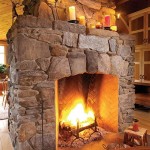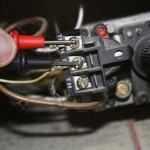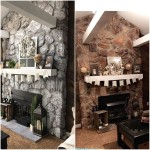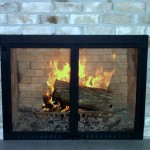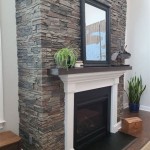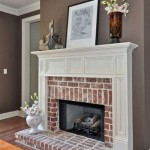Fireplace Wood Burning Grates: Enhancing Your Fire Experience
A fireplace wood burning grate is an essential component for maximizing the efficiency and enjoyment of your fireplace. This simple yet crucial addition can significantly impact the burning process, enhancing the heat output, minimizing smoke, and improving the aesthetics of your fireplace. Understanding the benefits, types, and installation of fireplace wood burning grates can help you make an informed decision that best suits your needs.
The Benefits of Using a Fireplace Wood Burning Grate
Utilizing a fireplace wood burning grate offers numerous advantages, making it a worthwhile investment for any fireplace owner. Here's a breakdown of key benefits:
1.
Enhanced Combustion:
A grate elevates the burning wood above the fireplace floor, allowing for better airflow beneath the logs. This improved airflow promotes a hotter, more efficient burn, leading to increased heat output and reduced smoke.2.
Reduced Smoke and Ash:
The elevated position of the wood on a grate helps to prevent the accumulation of ash and debris beneath the burning logs. This reduces the chances of smoldering embers and minimizes smoke production, leading to a cleaner and more enjoyable fireplace experience.3.
Improved Fire Safety:
The presence of a grate helps to contain the burning embers and wood within the fireplace. This reduces the risk of stray sparks or embers escaping the fireplace, enhancing fire safety in your home.4.
Enhanced Aesthetics:
Fireplace grates come in a variety of styles and materials, allowing you to choose a design that complements the aesthetics of your fireplace. A well-chosen grate can add a touch of elegance and sophistication to your fireplace, transforming it into a focal point of your room.Types of Fireplace Wood Burning Grates
Fireplace grates are available in a range of designs and materials, each suited for specific needs and preferences. Here are some common types of fireplace wood burning grates:
1.
Cast Iron Grates:
Known for their durability and heat retention, cast iron grates are a popular choice for traditional fireplaces. These grates are often heavier and more substantial, providing a sturdy base for the burning wood.2.
Steel Grates:
Steel grates offer a more modern and minimalist aesthetic. They are often lighter than cast iron grates, making them easier to maneuver and install. Steel grates are also typically more affordable.3.
Adjustable Grates:
These grates feature adjustable sections that allow you to adjust the height of the burning wood. This can be beneficial for optimizing airflow and combustion efficiency, especially when burning different types of wood.4.
Log Holders:
Some grates incorporate built-in log holders, providing a convenient way to store and manage your firewood. These grates offer a streamlined approach to managing the fire and keeping your fireplace tidy.Installation and Maintenance
Installing a fireplace wood burning grate is generally a straightforward process. Most grates come with clear installation instructions, and the installation process may vary depending on the specific grate and your fireplace design.
Before installation, it's important to ensure that your fireplace is properly cleaned and free of debris. The fireplace grate should fit snugly within the fireplace opening without obstructing the flue. Once installed, it's essential to maintain the grate regularly to ensure optimal performance. This involves brushing away ash and debris after each use and checking for any signs of damage or wear.

Fireplace Grates For Wood Burning Fireplaces

Fireplace Grates Wood Gas Fire Starfire Direct

Costway 31 Inch Fireplace Log Grate Heavy Duty Steel Firewood Burning Rack Holder

Fireplace Grates Wood Gas Fire Starfire Direct

Fireplace Grates Steel Cast Iron Custom Sizes Woodland Direct

Fireplace Grate

How To Use A Fireplace Grate

Home Firewood Fireplace Accessories

Cast Iron Deep Bed Fireplace Grate Hearth Plow

Fireplace Grates Sibaro Grate Pbe443 Le Marquier

